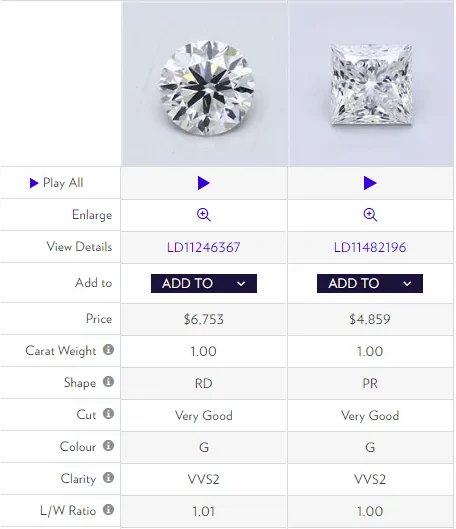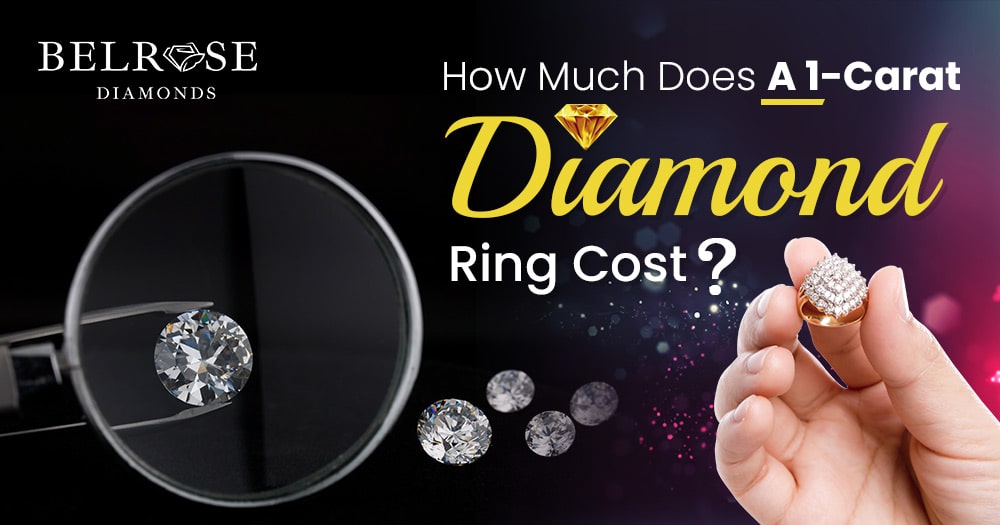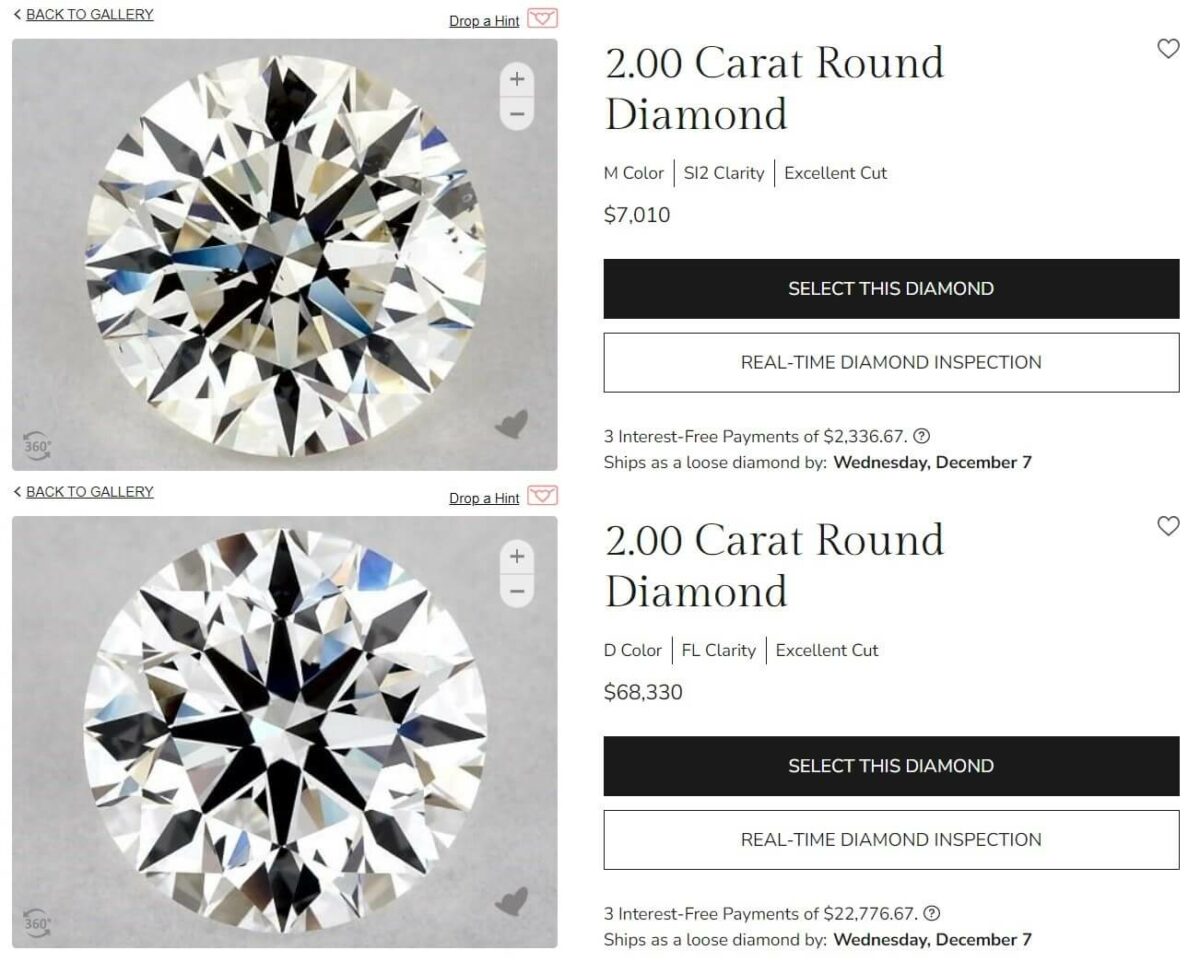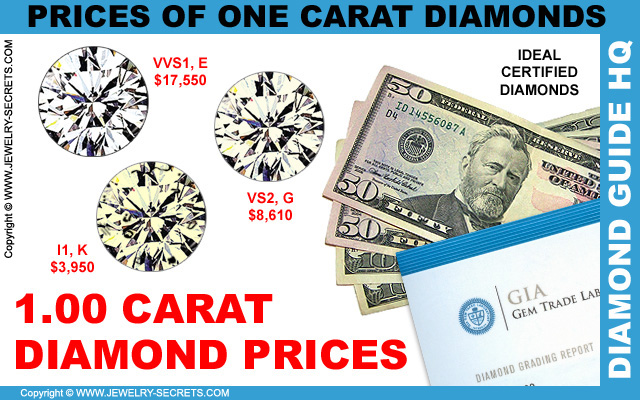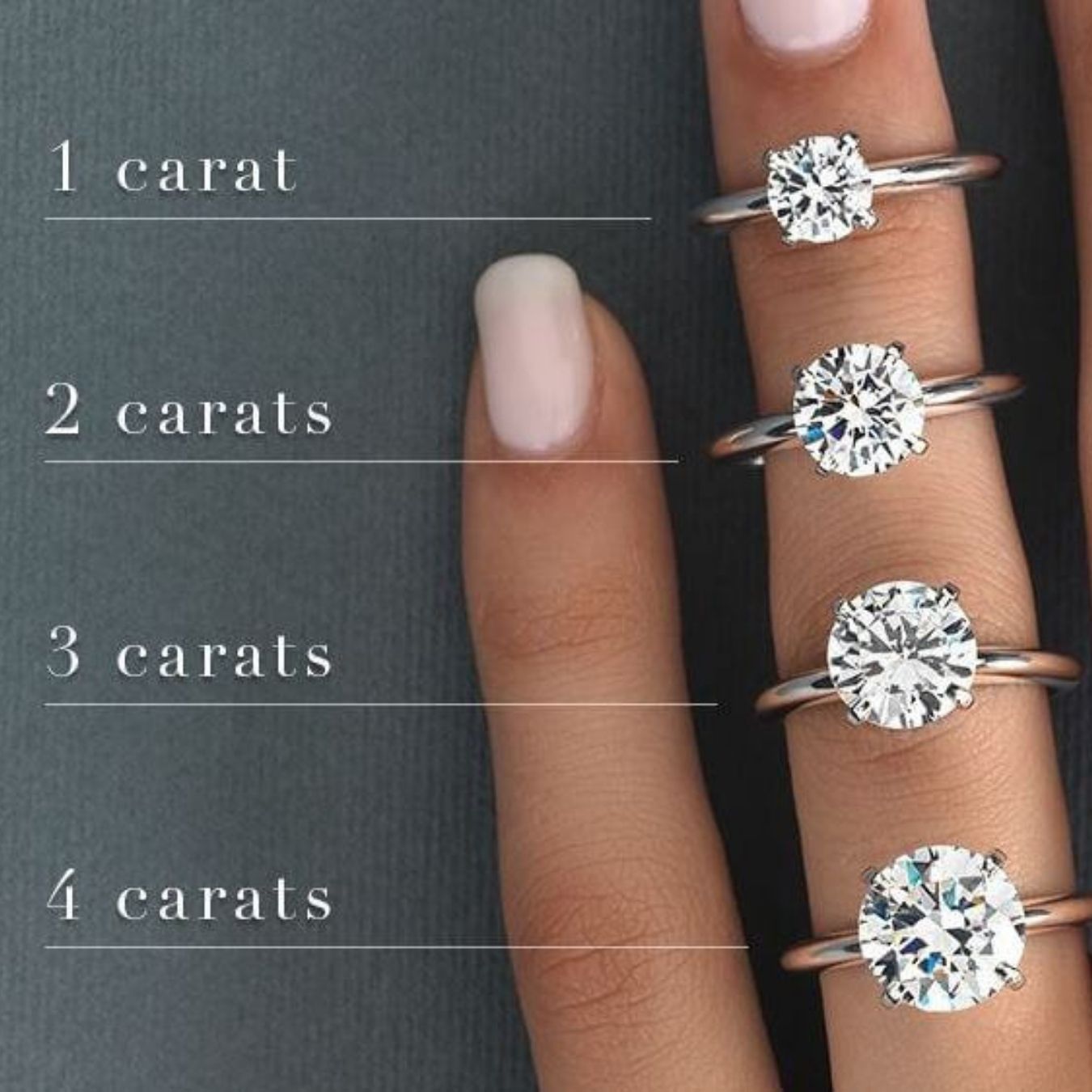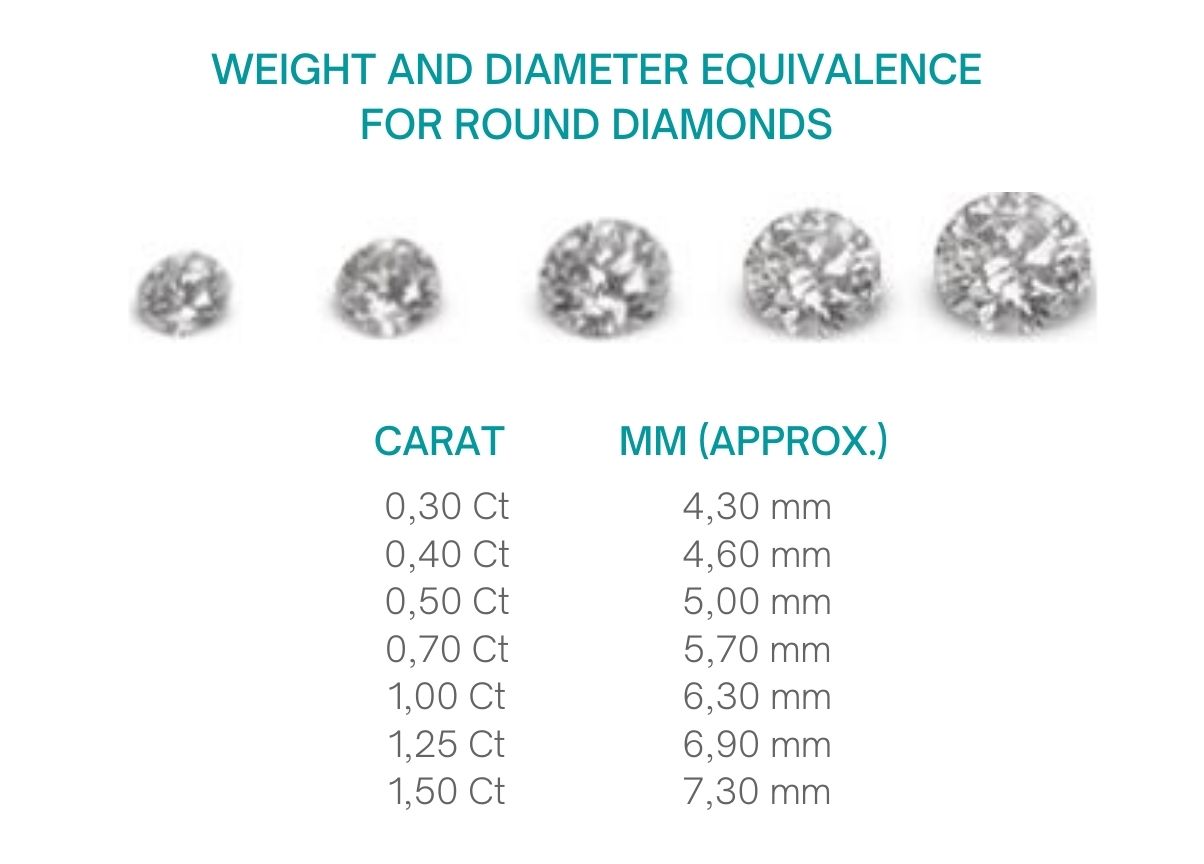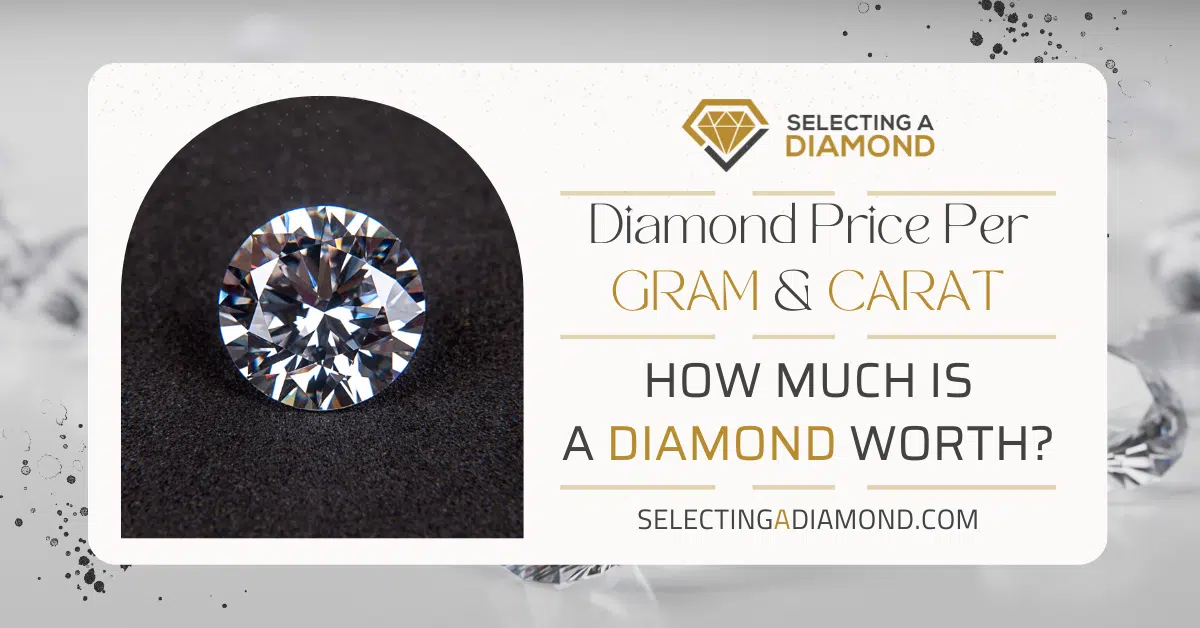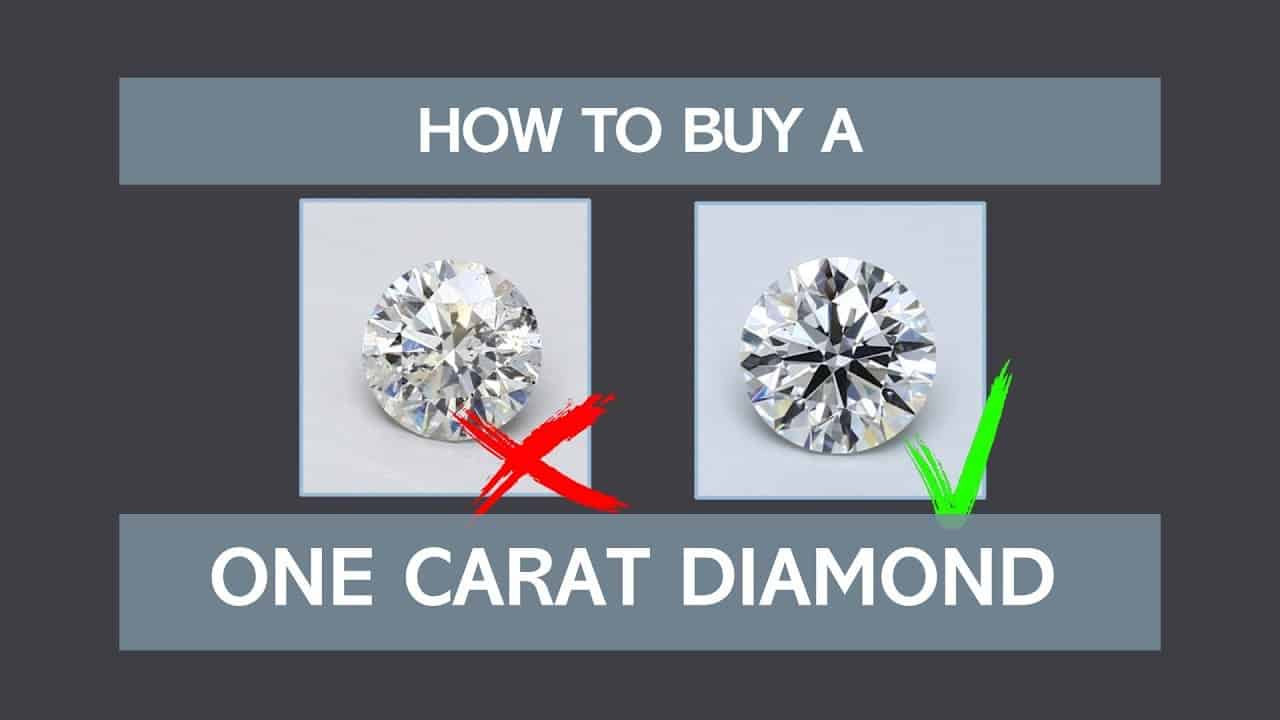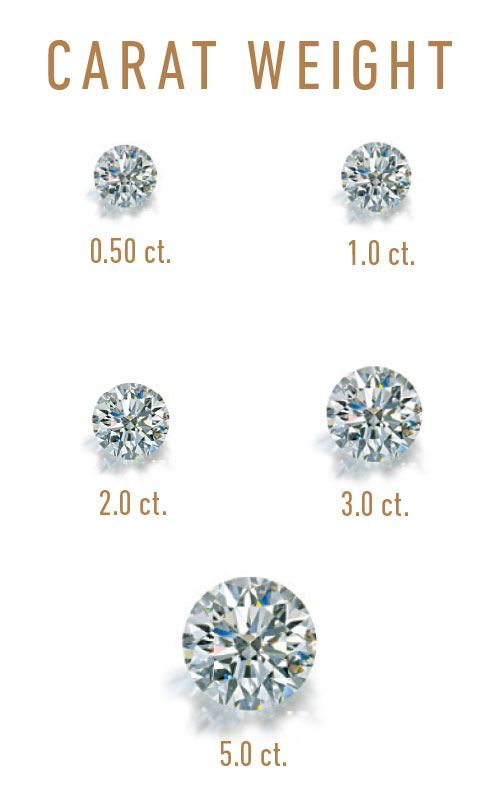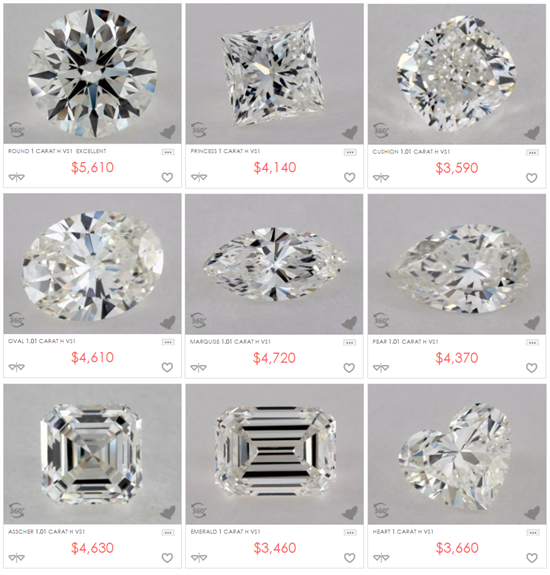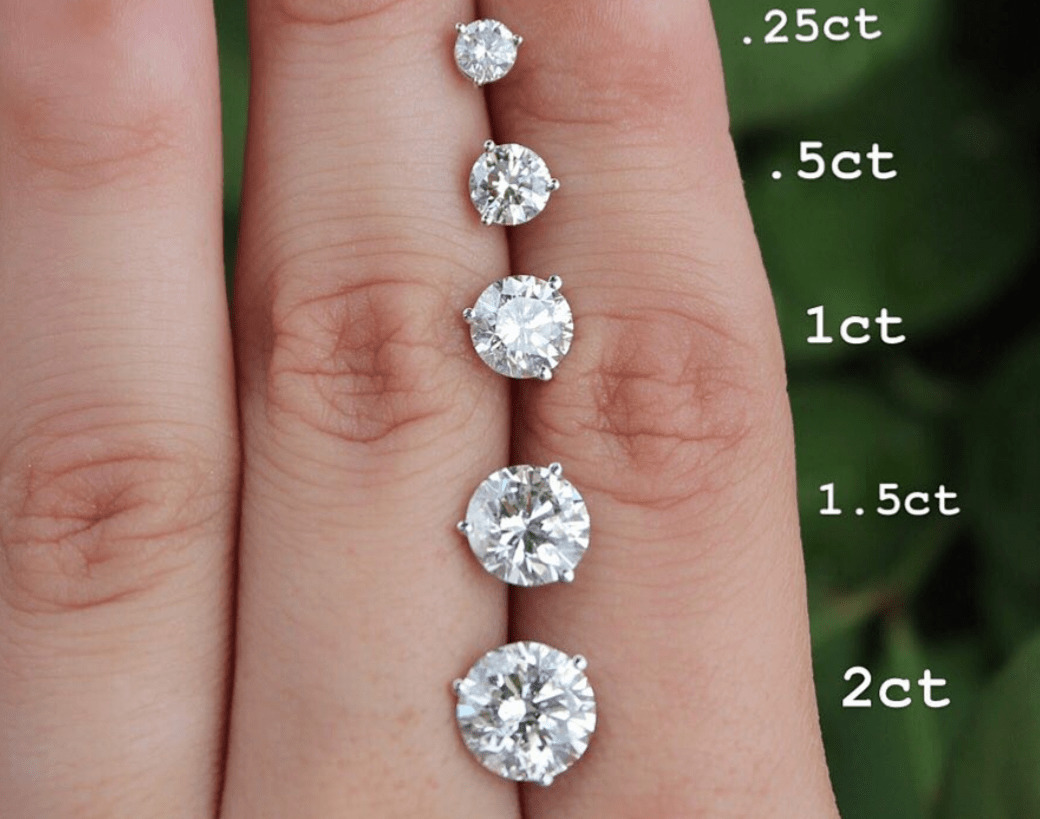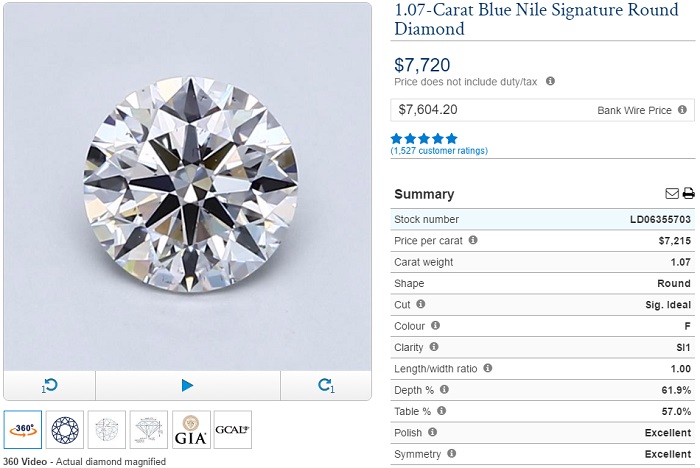How Much Is A 1.50 Carat Diamond Worth
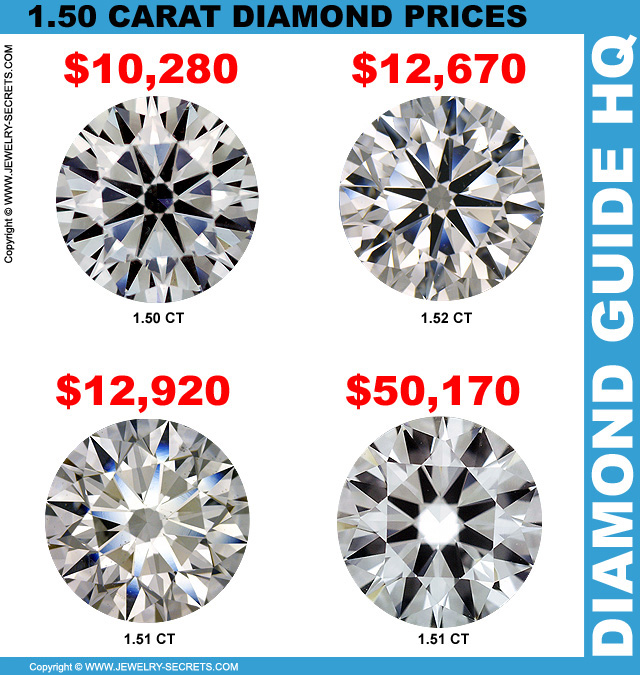
The allure of diamonds, symbols of enduring love and affluence, often hinges on a simple question: what's it worth? For those considering a 1.50 carat diamond, the answer is far from simple. Fluctuating market conditions, coupled with a complex interplay of quality characteristics, make pricing a 1.50 carat diamond a nuanced exercise.
The price of a 1.50 carat diamond can range from $3,000 to well over $15,000. This vast price difference stems from the "4Cs" – Cut, Clarity, Color, and Carat weight. Beyond these factors, the diamond's origin (lab-grown versus mined), certification, and vendor markups all contribute significantly to the final price tag.
Understanding the 4Cs: The Foundation of Value
The 4Cs serve as the universal standard for evaluating diamond quality and, subsequently, its worth. Let's break down each element:
Cut: More Than Just Shape
Cut refers to how well a diamond's facets interact with light. A well-cut diamond will exhibit brilliance, fire, and scintillation. Grades range from Excellent to Poor, with Excellent commanding the highest premiums.
Poorly cut diamonds, even with exceptional clarity or color, appear dull and lifeless, significantly impacting their value. A diamond's cut directly affects its visual appeal, making it a crucial factor in determining its price.
Clarity: Absence of Imperfections
Clarity assesses the presence of inclusions (internal flaws) and blemishes (external imperfections). Grades range from Flawless (FL) to Included (I3). Higher clarity grades, indicating fewer imperfections, translate to a higher price.
Inclusions can obstruct light and affect brilliance. However, some inclusions are only visible under magnification and have minimal impact on the naked eye appearance. VS1 and VS2 (Very Slightly Included) clarity grades often strike a balance between price and appearance.
Color: A Spectrum of Value
In white diamonds, color refers to the absence of color. The grading scale ranges from D (colorless) to Z (light yellow or brown). Colorless diamonds (D, E, F) are the rarest and most valuable.
Slight nuances in color can drastically affect price. Diamonds in the G-J range are often considered a good compromise, offering near-colorless appearance at a more accessible price point.
Carat: Weight and More
Carat refers to the diamond's weight, with one carat equaling 200 milligrams. While carat weight is often associated with size, it's important to note that two diamonds of the same carat weight can have different physical dimensions based on their cut.
Diamonds experience significant price jumps at popular carat weights like 1.00, 1.50, and 2.00 carats. A 1.50 carat diamond will naturally command a higher price than a 1.00 carat diamond of comparable quality.
Lab-Grown vs. Mined Diamonds: A Growing Divide
The emergence of lab-grown diamonds has disrupted the traditional diamond market. Lab-grown diamonds are chemically, physically, and optically identical to mined diamonds but are created in a controlled laboratory environment.
Lab-grown diamonds typically cost significantly less than mined diamonds of comparable size and quality. This price difference has made them an increasingly popular alternative for consumers seeking larger stones or higher quality at a lower price point.
Certification: Ensuring Authenticity and Accuracy
A diamond certification from a reputable gemological laboratory, such as the Gemological Institute of America (GIA) or the American Gem Society (AGS), provides an unbiased assessment of the diamond's 4Cs and other characteristics.
Certification ensures that you are getting what you pay for and provides peace of mind. It's crucial to purchase diamonds with certifications from trusted labs.
Market Dynamics and Vendor Markups
Diamond prices are also influenced by market supply and demand. Economic conditions, geopolitical events, and consumer trends can all impact diamond prices.
Retailers and online vendors apply their own markups to diamond prices. Comparing prices from multiple sources is essential to ensure you are getting a fair deal.
The Future of Diamond Pricing
The diamond market is constantly evolving. The increasing popularity of lab-grown diamonds and changing consumer preferences are reshaping the landscape.
As technology advances, the distinction between mined and lab-grown diamonds may further blur, potentially impacting pricing structures. Staying informed about market trends is essential for both buyers and sellers of diamonds.
Ultimately, the value of a 1.50 carat diamond is subjective and depends on individual priorities. By understanding the 4Cs, considering lab-grown alternatives, and seeking reputable certifications, buyers can make informed decisions and find the perfect diamond that aligns with their budget and desires. Thorough research is essential for any diamond purchase.
